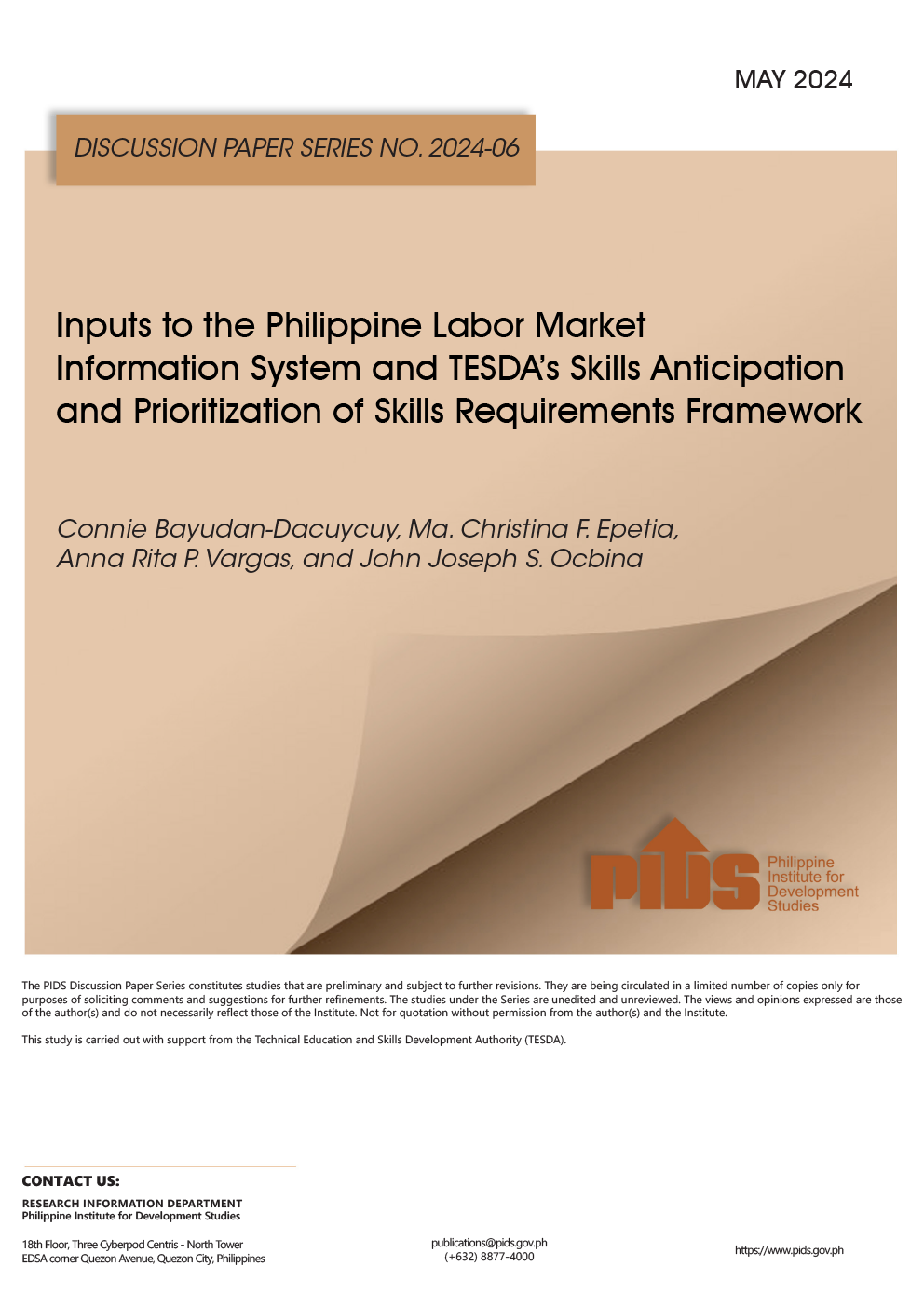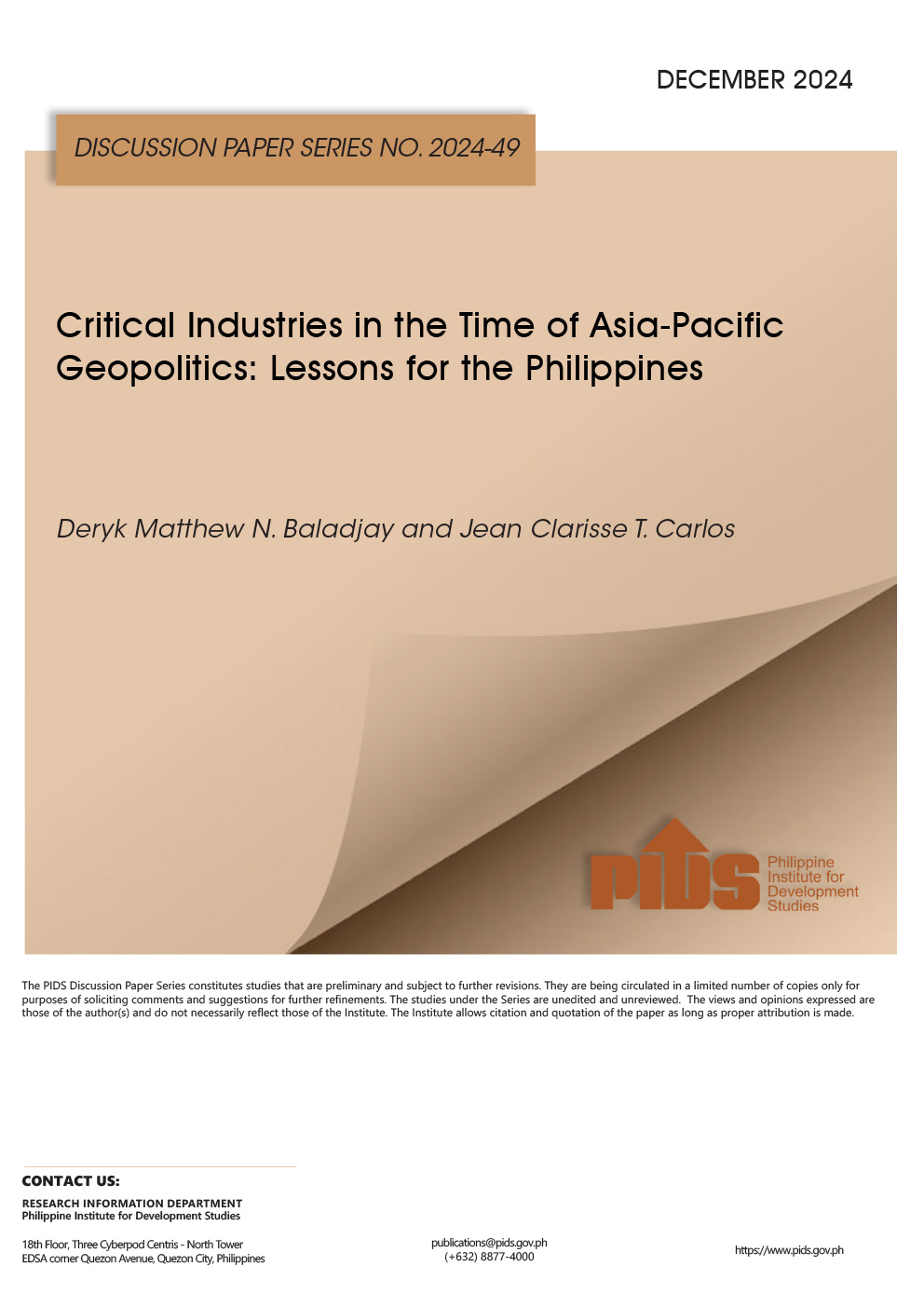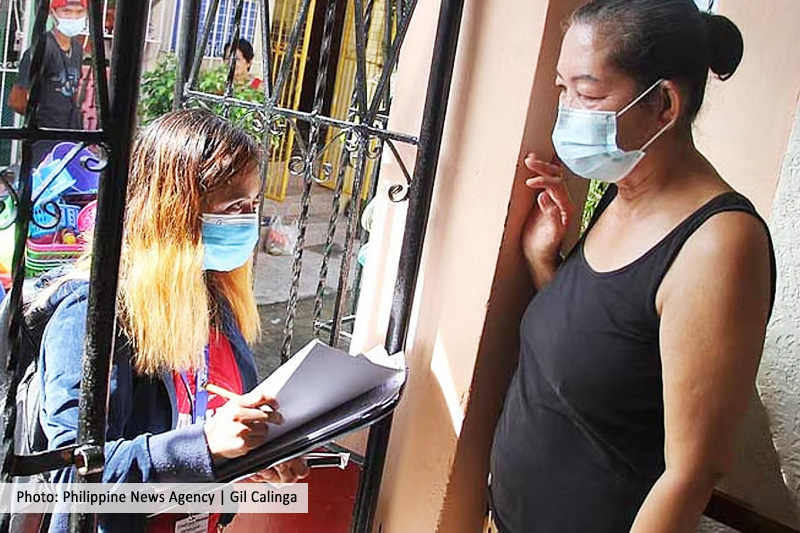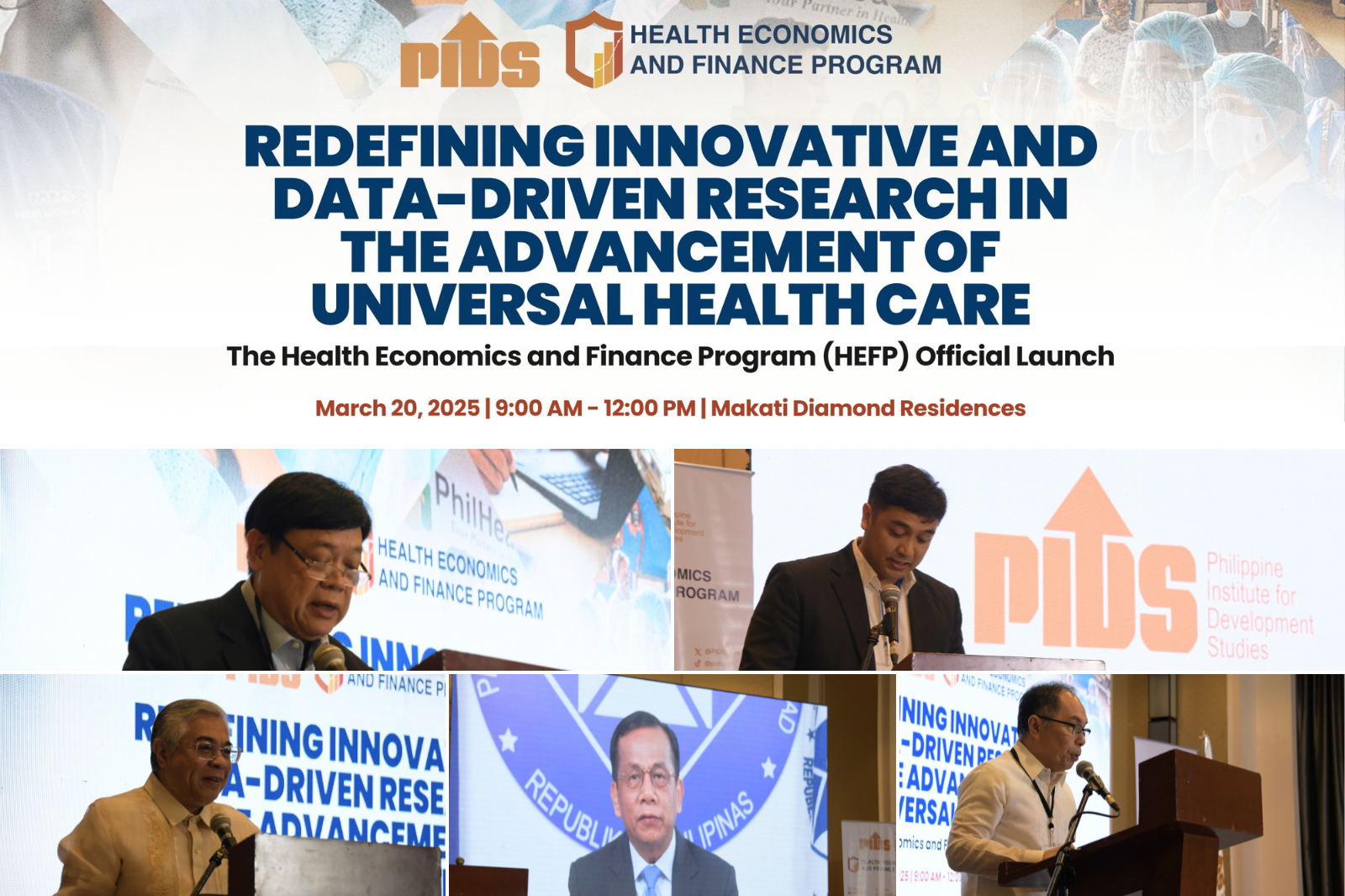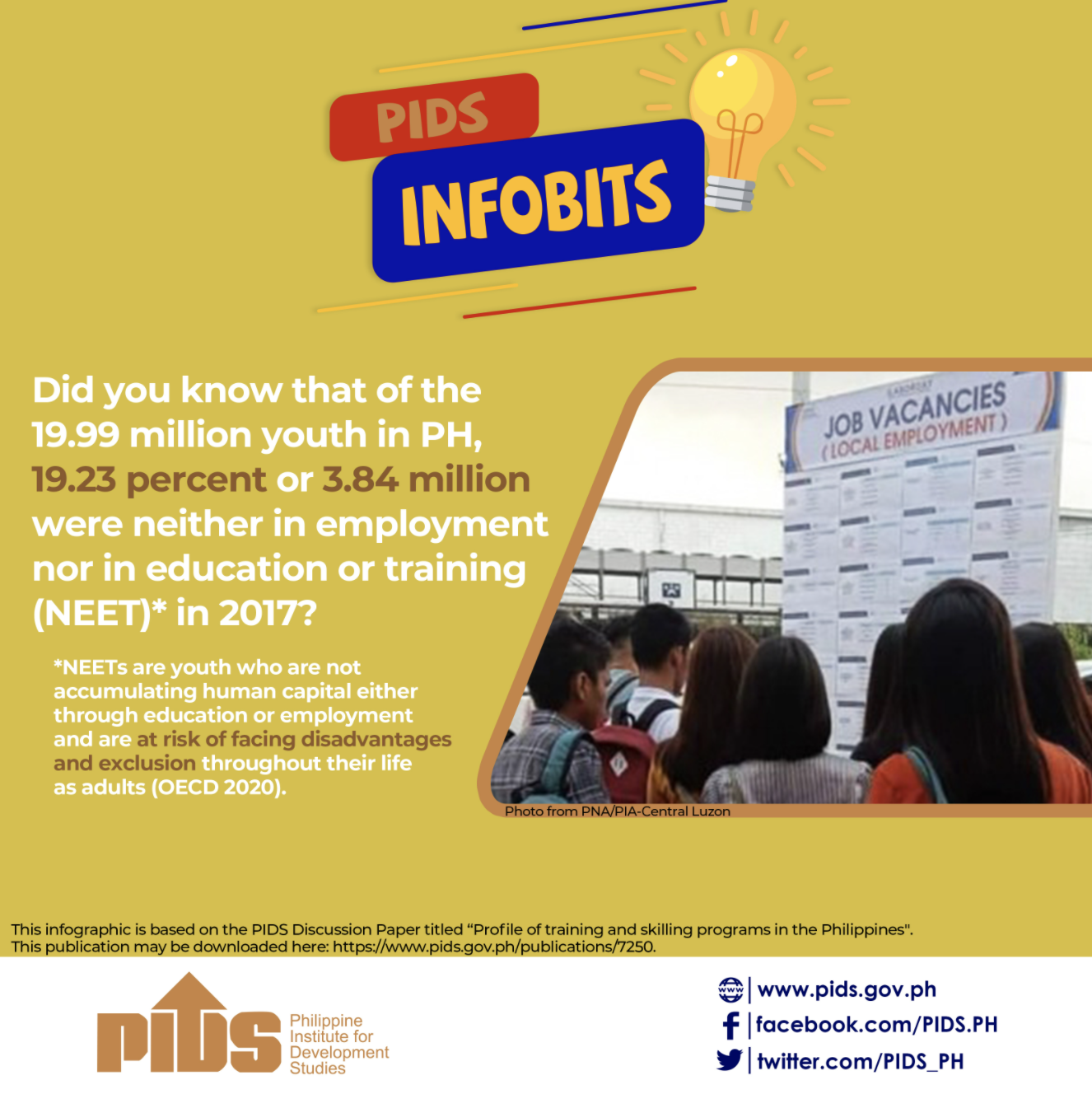IN the wake of approving the Department of Trade and Industry's (DTI) three-year food logistics action agenda, President Ferdinand Marcos Jr. has announced a "multifaceted initiative" to overhaul the country's entire logistics sector. The plan to be developed, according to a statement from the President's office, "aims for cost reduction, infrastructure investment, supply chain resilience, enforcement measures and technology adoption, [and] integrating food terminals into a centralized logistics framework."
While the shorter-term, food-specific plan created by the DTI is a worthwhile initiative despite taking nearly a year to be produced, creating a new blueprint for the logistics sector as a whole would be an unnecessary and unproductive expenditure of effort toward reinventing the wheel. The needed work has already been done, by multiple agencies both inside and outside the government, resulting in a surfeit of plans that collectively offer as many innovations and reforms as anyone could wish for.
By our count, there are at least six such plans dating back to 2017. The Asian Development Bank and the Japan International Cooperation Agency have each produced a comprehensive set of recommendations and provided updated versions at least annually. The DTI was working on a broad logistics strategy apart from its food plan as recently as December last year. The Philippine Institute of Development Studies has likewise produced several studies that, taken together, cover most of the logistics sector. Early last year, the Department of Transportation was pitching its infrastructure and logistics strategy proposal, which included a recommendation for the creation of an "Office of Multimodal Transport and Logistics." Finally, a private sector group spearheaded by the Philippine International Seafreight Forwarders Association Inc. and United Portusers Confederation also produced a "Philippine Multimodal Transportation and Logistics Roadmap" in 2016 and has been trying to get someone in government to read it ever since.
Not all of the available plans cover all the bases, but they individually address most of them and, taken together, present a complete picture. Apart from the specific issues of food logistics covered in the recent DTI plan, which include farm-to-market and farm-to-terminal linkages and cold storage and transfer infrastructure, there are a number of other critical problems for which solutions are presented.
Some of the larger issues include expanding and upgrading public transportation networks; establishing general logistics hubs to improve distribution of goods across the country; improving inter-island transport connections and expanding port and airport upgrades; improving connectivity between ports, industrial and distribution areas, and population centers; implementing comprehensive administrative and process reforms in the Bureau of Customs; and separating regulatory and operating functions of agencies such as the Philippine Ports Authority, among others.
The recent statement from the Office of the President suggests that the development of a new logistics sector blueprint would be carried out by a working group composed of the Department of Agriculture, the Department of Transportation, the Department of Public Works and Highways, the Department of the Interior and Local Government, the Department of Information and Communications Technology, the DTI, and development partners. If there were no available examples of logistic development strategies to draw upon, this kind of unwieldy arrangement might be necessary, but it is not, and experience has taught us that the larger a government body is, the slower it works. It took the DTI alone nearly a year to develop its food logistics plan, starting from a directive by the president in September of last year. How much longer might it take a multi-agency group to produce an actionable plan?
Rather than take that approach, the government should instead leverage the knowledge that has already been developed. This, after all, would be in concert with the president's stated goals toward "rightsizing" and streamlining government processes. A small group of analysts could, within a very short period of time, produce a strategic blueprint simply by combining the various plans that already exist. With allowances for concerned agencies to review and comment on the work, a final plan could be available and already implemented within a matter of months, perhaps before the end of the year, allowing real work to commence.

